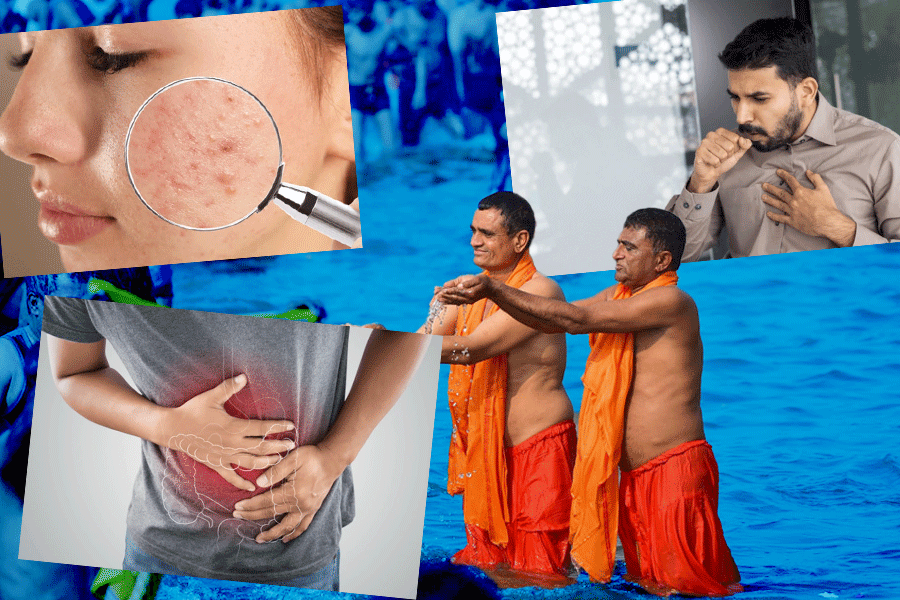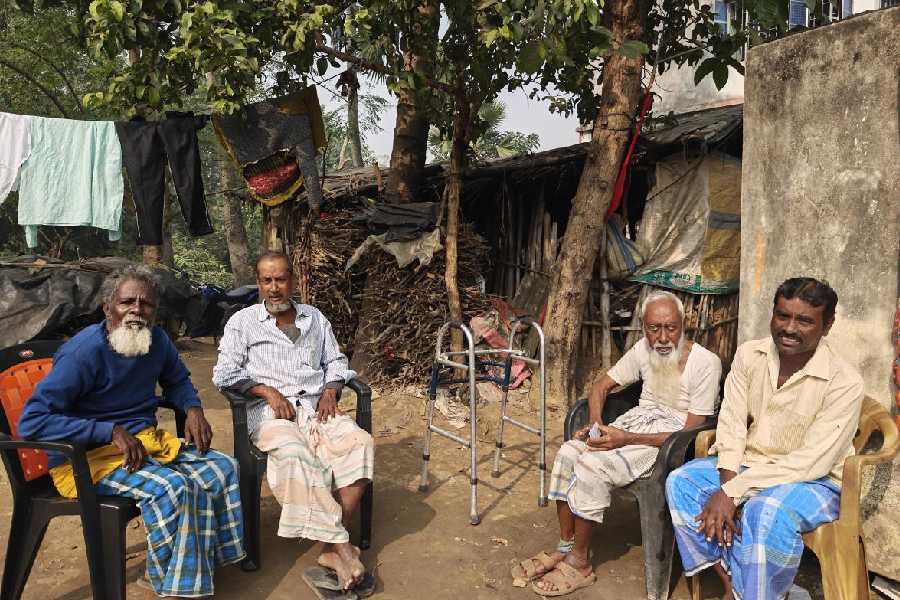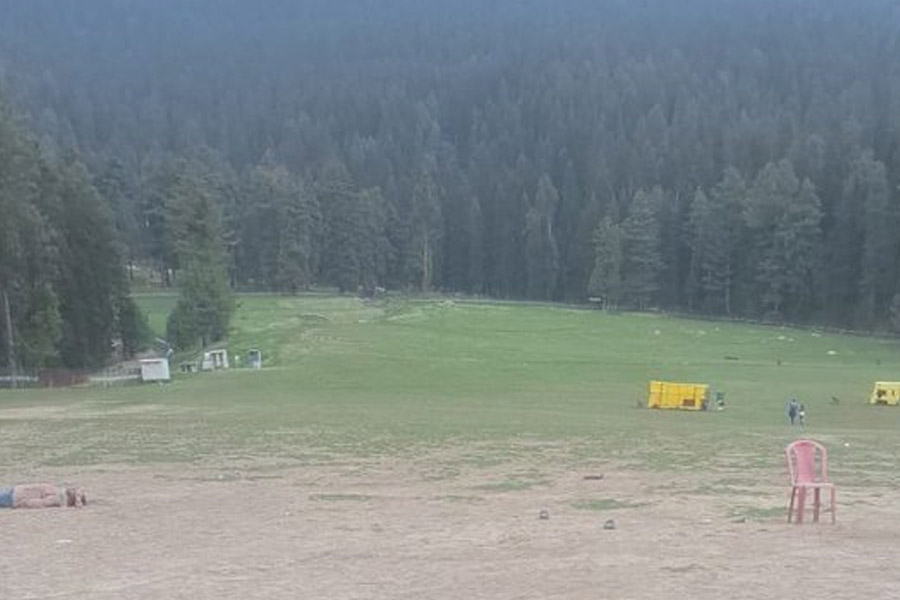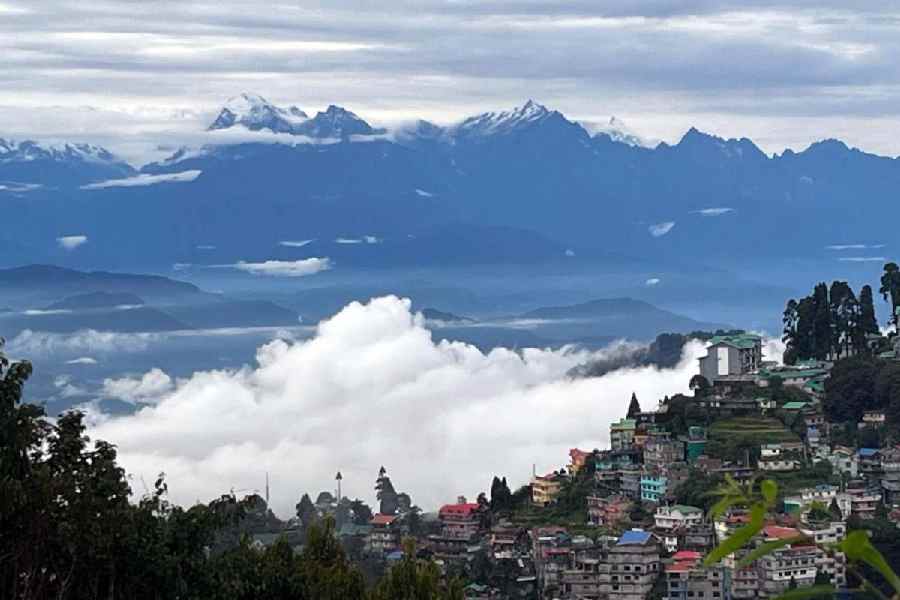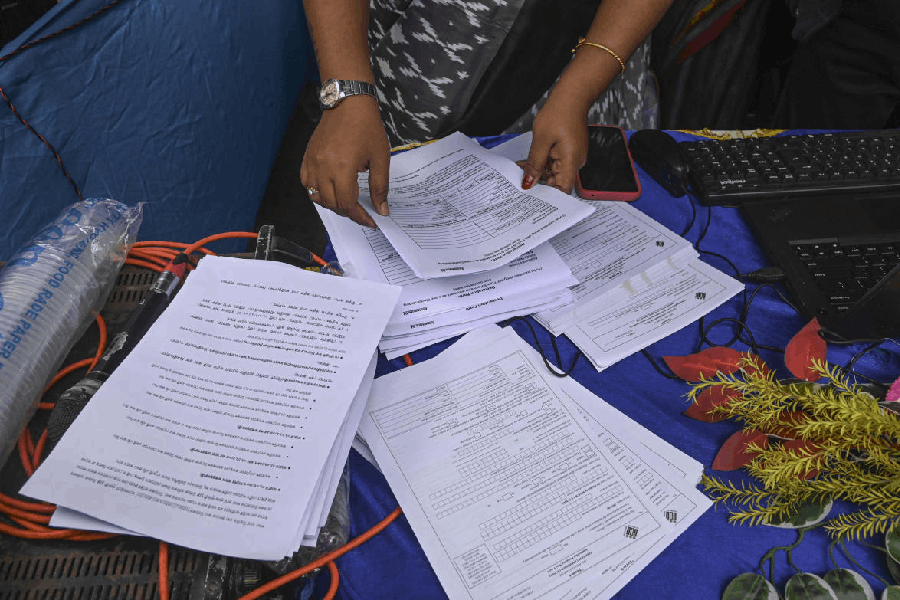Fungal infections, skin allergies, diarrhea, respiratory infections, pneumonia, and acute gastroenteritis are some of the health issues people are experiencing after returning from the Mahakumbh, five doctors from different parts of the country said.
Patients undergoing treatment have symptoms ranging from mild skin rashes to severe respiratory issues. Many require long recovery periods.
“A few patients returning from the Mahakumbh complained of fungal infections in their feet and groin,” said Dr Sanjeev Gulati, 56, dermatologist at Sharda Medical College from Greater Noida.
“Some had skin allergies with rashes and redness. Sun allergies were also common, especially among those who went from mid-February onwards. Additionally, some patients had bacterial skin infections,” he said.

Shutterstock
He said he treated about 15-20 patients for such conditions. One patient, he said, had an extensive fungal infection, ringworm around the hip and groin area along with a fungal infection of the toes called intertrigo.
“The treatment and recovery for these conditions take about four to six weeks,” he added.
The Central Pollution Control Board (CPCB) released data assessing water quality at five locations around the Sangam in Prayagraj and two sites further along the Ganga. Their report, submitted to the National Green Tribunal (NGT), said that the river water in which devotees took a holy dip had high levels of fecal coliform bacteria, which come from human and animal waste.
The Maha Kumbh witnessed over 55 crore visitors, per official data. The Uttar Pradesh government has maintained that the water at the Sangam is fit for ritual bathing.
Between January 12 and February 4, water quality data was released for 13 out of 24 days. The findings showed that on major bathing dates – January 13 (Paush Purnima), January 14 (Makar Sankranti), January 29 (Mauni Amavasya), and February 3 (Basant Panchami) – the water was unfit for bathing in some measured locations.
The CPCB guidelines state that for safe outdoor bathing, fecal coliform levels should not exceed 2,500 MPN/100mL, and the Biochemical Oxygen Demand (BOD) should be below 3 mg/L. On January 14 (Makar Sankranti), the fecal coliform level was 11,000 MPN/100mL, over four times the limit. This contamination peaked on January 20, with 49,000 MPN/100mL, more than 19 times the safe limit. Near the Nagvasuki Mandir on the Ganga, fecal coliform levels were also unfit for bathing on five out of the 13 days when samples were taken.
“I've seen a number of patients who recently attended the Mahakumbh event,” said Dr Shiva Prasad Surineni, who is associated with the GVK Health Hub, Hyderabad. “The most common issues include gastrointestinal problems like diarrhoea and vomiting, respiratory infections from mild coughs to severe pneumonia, and unexplained fevers.”

Shutterstock
He spoke about a middle-aged man who “developed a severe respiratory infection after attending Mahakumbh. He had high fever, persistent cough, and difficulty breathing. Examination revealed pneumonia, requiring hospitalisation and intensive antibiotic treatment.”
Surineni said he treated nine to 12 patients with similar post-Mahakumbh health issues, including mild and severe cases.
“Large gatherings near open water sources always pose health risks. While organisers take precautions, maintaining water quality in such settings is extremely challenging,” he added.
Dr Aditi Wadhwa, a dermatologist from Noida, said she saw one patient with “extensive photo dermatitis in which he had skin rashes over face, neck, back and other exposed areas. It was severely itchy and the patient was advised to avoid sun exposure during the treatment period. Such patients are usually treated within four to eight weeks. Some patients also came with many aesthetics problems like tanning, sunburn, acne.”
The CPCB data also showcased that while pH and dissolved oxygen levels in the river were within the acceptable range, the presence of coliform bacteria was high. Uttar Pradesh chief minister Yogi Adityanath refused to accept the CPCB’s findings.

PTI
Doctors linked several illnesses to the water.
“Some elderly patients came in with coughs, and some had loose stools. Pneumonia-like symptoms were common, especially among those who bathed early in the morning. Others had acute gastroenteritis after consuming food at the event,” said Dr Shrey Srivastav from Gorakhpur.
He said he treated more than 15 patients with pneumonia-like symptoms and observed: “During the Mahakumbh Mela in 2025, the Ganga in Prayagraj had high levels of faecal coliform bacteria, making the water unsafe for bathing in the final days of the event, as per some reports.”
Dr Prasoon Sachen, a consultant physician from Kanpur, said: “I checked more than five patients in the last few days who complained about rashes and itching. These patients will take about a week to recover.”

